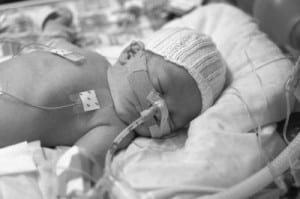
The research will be first conducted on ten babies in Malaysian hospitals over the next three months. The procedure will basically see if harvesting cells from a baby’s amniotic membrane can help treat tiny babies with severe lung conditions.
If the trials are successful, more operations will be done at the Monash Children’s Hospital in Australia and other parts of the world.
The researchers are also looking if the same procedure can be used to treat other critical conditions in preemies such as brain damage.
The experimental procedure called amnion epithelial cells treatment has been under study for six years and has already successfully treated premature lambs in the Monash lab.
Dr Rebecca Lim who is part of the team says that the actual human trial will help show if the experiments can help premature babies and their families.
“They (amniotic cells) have turned (into) every cell we have asked them to turn into; they have turned into lung, pancreas, liver, brain muscle, fat cartilage, bone – just about everything that traditional stem cells do,” Dr Lim said.
“The practical use of these cells is that if there is a baby the obstetrician knows is at risk, they would inform the stem-cell bank and we would have a vial of cells ready. We would pull the stem cells out and thaw them, then as the baby is delivered and intubated for the first time, we would deliver the cells.”
For parents of preemies it is never easy to see their tiny baby laying in an incubator with numerous lines attached to them. Most of these babies are born with organs that are still not fully functional and therefore their bodies struggle to perform everyday life functions outside of the womb.
Jessica Yolland, mother of Blake who was born at 29 weeks and still being monitored at the Monash hospital says,
“Just seeing other mothers constantly coming back in here (with children suffering ongoing lung conditions) … it is a little scary, but he is doing really well,” she said. “It is amazing what they have found so far.”
One of the biggest challenges that most premature babies face is being able to breathe. Prolonged ventilation often causes them to develop Bronchopulmonary dysplasia(BPD), a condition that results in scarring and inflammation, which further causes trouble breathing. If they can grow strong enough to breathe on their own, a child’s lungs can recover from this condition as they get older. Some babies however, become more susceptible to respiratory infections such as influenza, respiratory syncytial virus (RSV), and pneumonia.
If the stem cells are able to reduce the inflammation in a baby’s lungs they may also diminish the need for these children to have to take steroids to come off the ventilator.


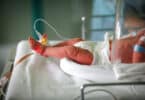
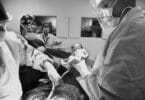
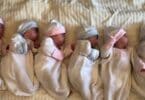

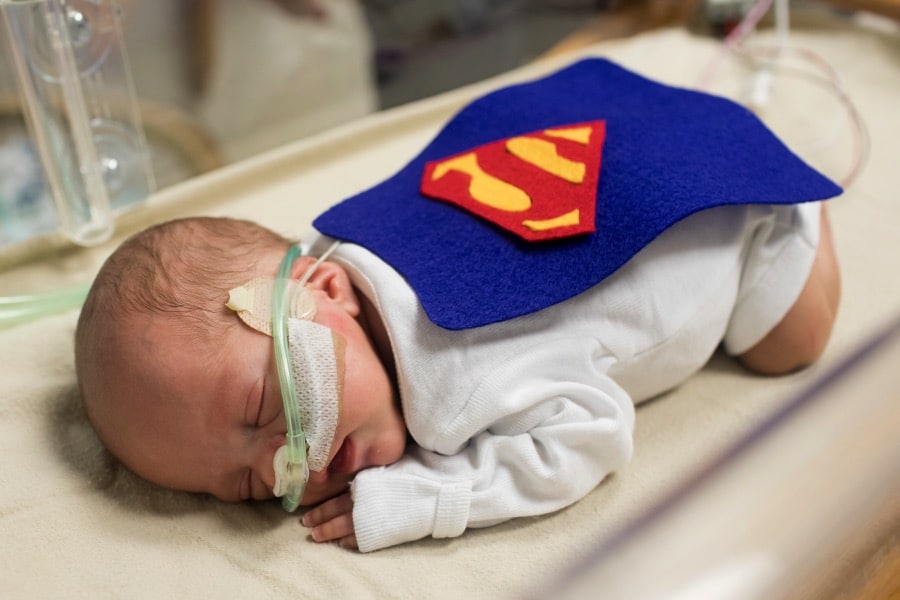
My grandson was born at 25 weeks and needed 2 bouts of Deximethisone to get him off the vent. He was diagnosed with ASD last year and we are pretty sure it is connected to the steroid use but we had no choice. We pray that this treatment will become more widely used for babies in the NICU so they don’t end up with the issues Jax has.